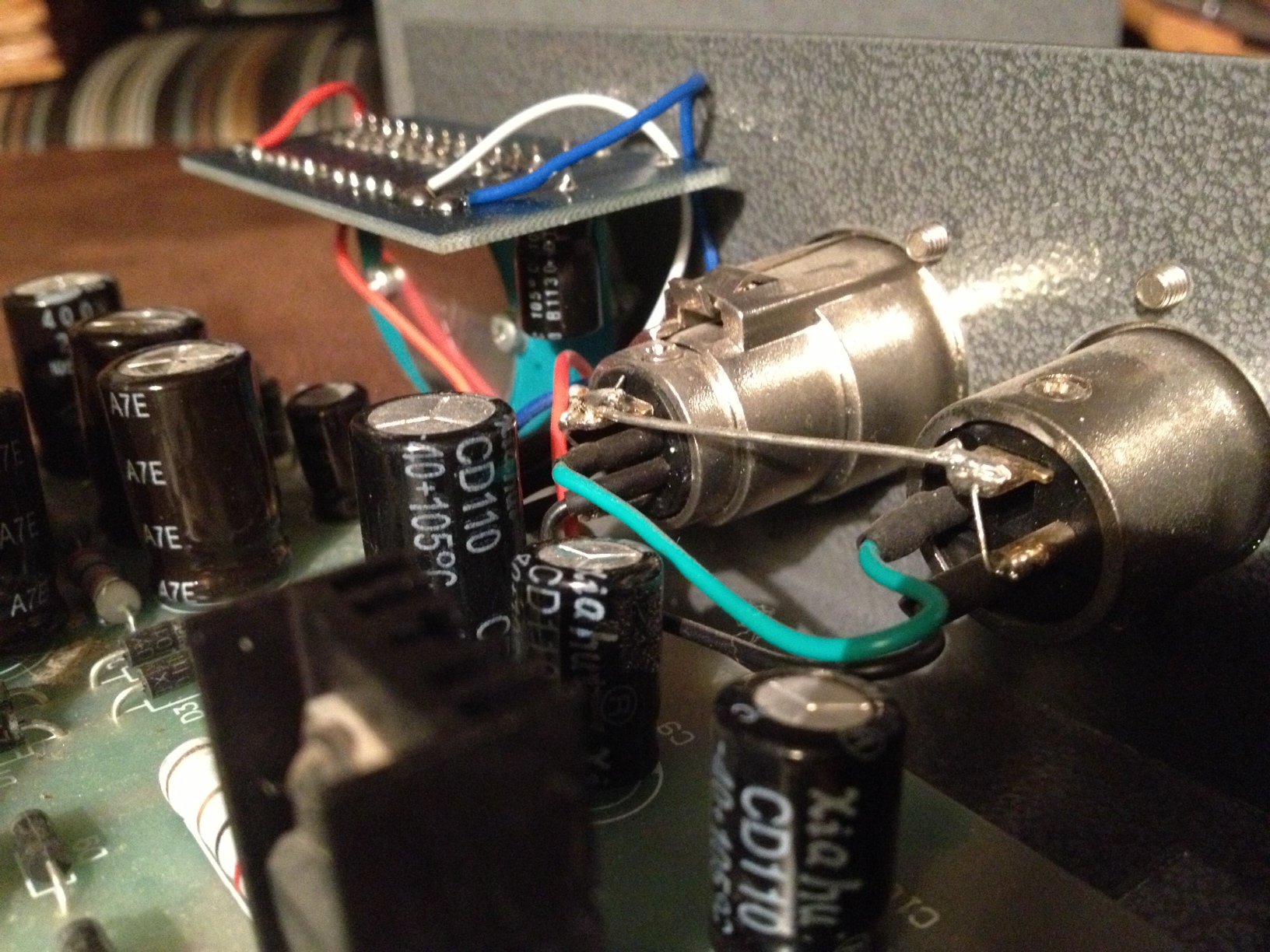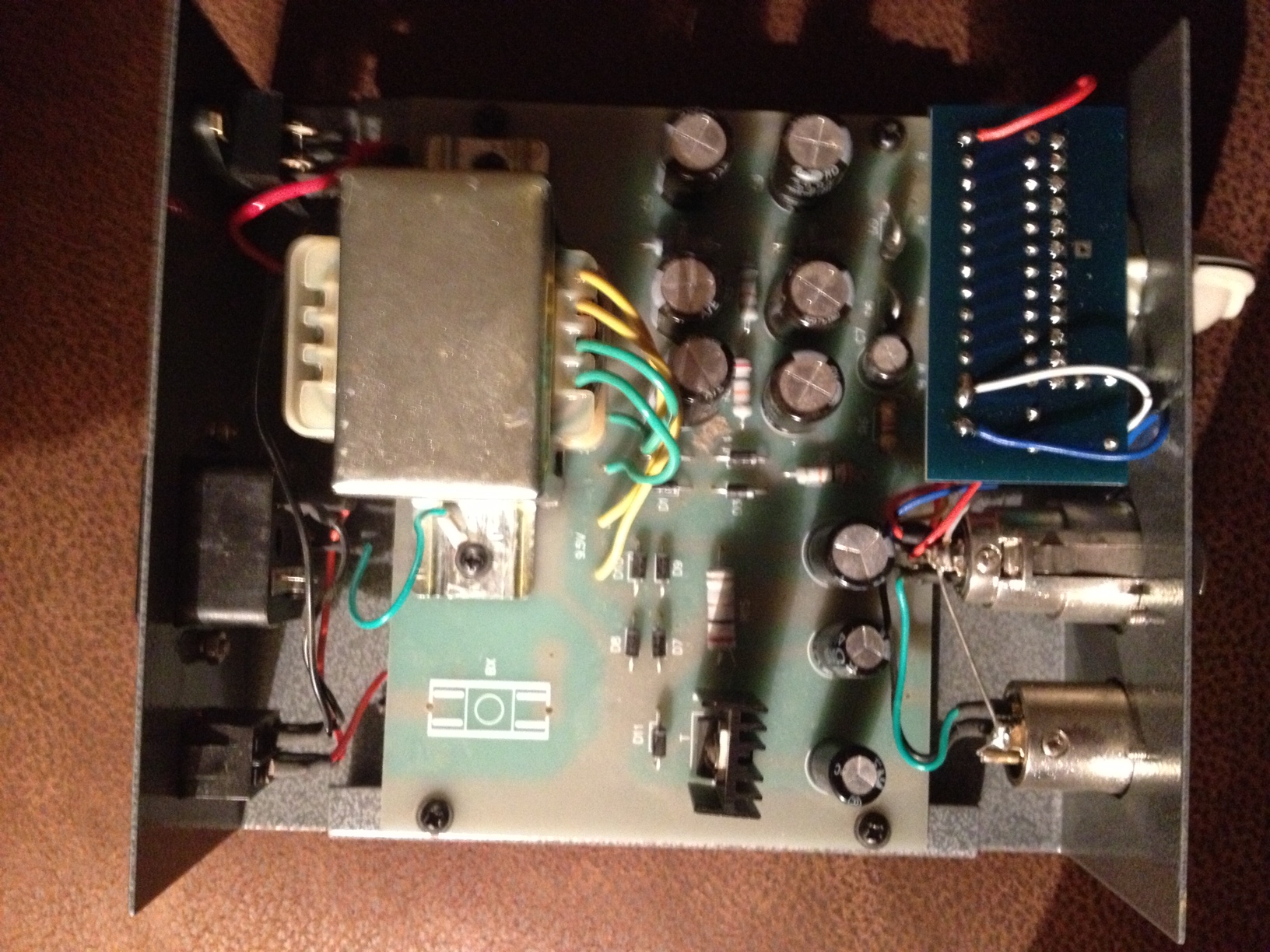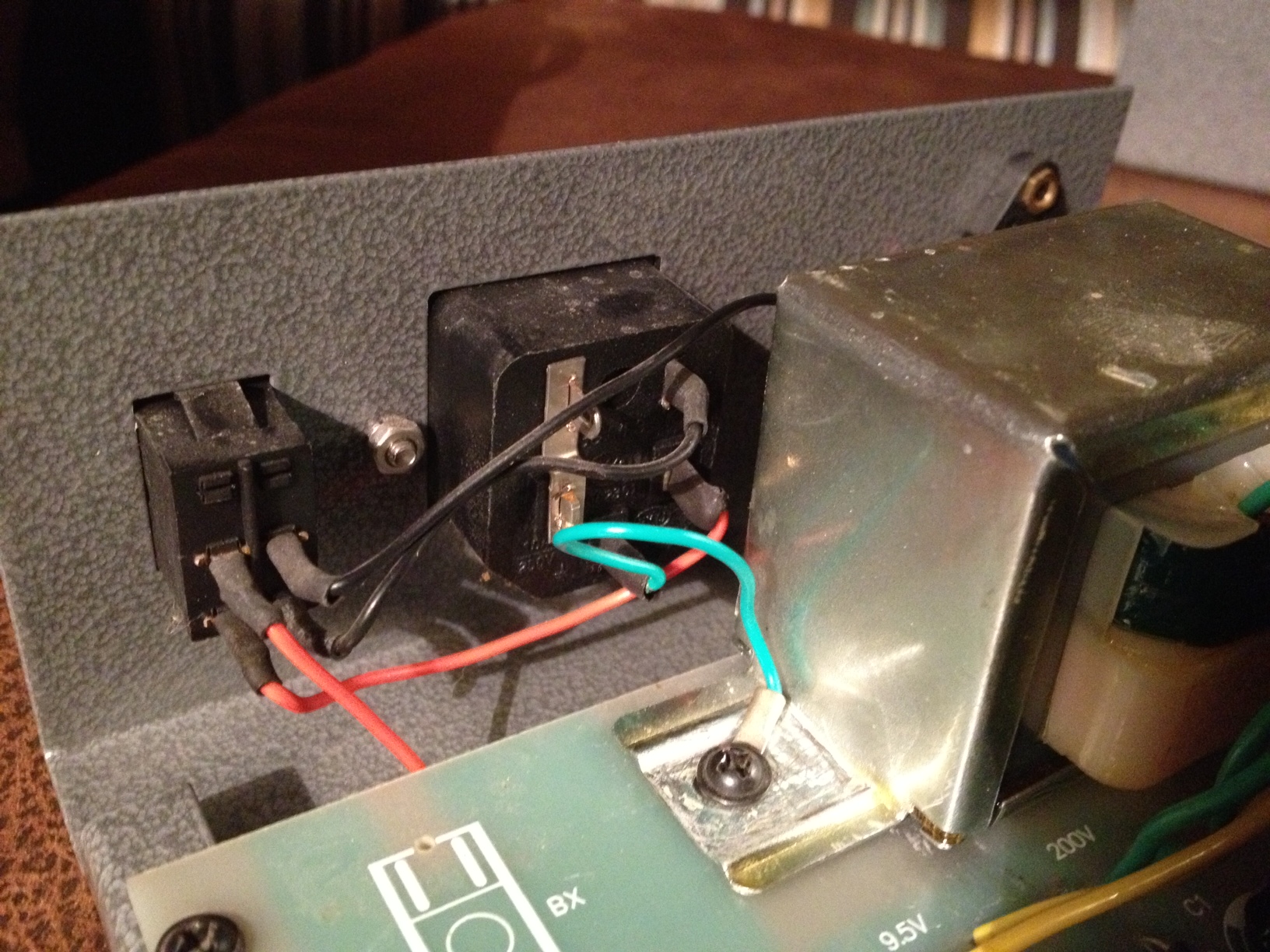GeorgeToledo
Well-known member
- Joined
- Mar 3, 2015
- Messages
- 380
Hello to the forum! I'd like to inquire about a hum issue I've been having with a mic built by Oliver Archut, which unfortunately I can no longer ask him about.
I have used the mic successfully, with no hum issues, at many places - all of which are places which have a U.S three prong power system, with third prong ground. It sounds amazing, no hum or interference at all. The mic is a "C12CG", with a brass CK12. It uses the same kind of 7 prong connector that he typically did, as opposed to the one that was on a vintage C12.
However…
When I use the mic at my home, there is what is either a ground or RF issue. My home is an older place, that was wired with a two prong hot/neutral system.
The symptom is a hum around 50~60 hz. When I touch the body, the hum will go away. If I get my hand very close to the grill, the hum gets worse…but if I touch the grill, it goes away. If I touch the grill or body of the mic to the XLR coming from the power supply, it seems as though the "loop" closes, with the hum going away.
I have other tube mics with similar design power supplies - UM17's, which don't exhibit any kind of similar ground hum with my power that I can tell. The attachments and wiring in the C12 power supply appear to be the same as the UM17's.
I'm going to attempt to just put in a grounded receptacle at my home, but I can't help but wonder why the setup with this mic won't work with my two prong system… and that's why I'm telling my story here! I'm wondering if anyone has any insight into how the AMI power supplies are typically setup and/or why I may be encountering this issue with the mic.
I have used the mic successfully, with no hum issues, at many places - all of which are places which have a U.S three prong power system, with third prong ground. It sounds amazing, no hum or interference at all. The mic is a "C12CG", with a brass CK12. It uses the same kind of 7 prong connector that he typically did, as opposed to the one that was on a vintage C12.
However…
When I use the mic at my home, there is what is either a ground or RF issue. My home is an older place, that was wired with a two prong hot/neutral system.
The symptom is a hum around 50~60 hz. When I touch the body, the hum will go away. If I get my hand very close to the grill, the hum gets worse…but if I touch the grill, it goes away. If I touch the grill or body of the mic to the XLR coming from the power supply, it seems as though the "loop" closes, with the hum going away.
I have other tube mics with similar design power supplies - UM17's, which don't exhibit any kind of similar ground hum with my power that I can tell. The attachments and wiring in the C12 power supply appear to be the same as the UM17's.
I'm going to attempt to just put in a grounded receptacle at my home, but I can't help but wonder why the setup with this mic won't work with my two prong system… and that's why I'm telling my story here! I'm wondering if anyone has any insight into how the AMI power supplies are typically setup and/or why I may be encountering this issue with the mic.






